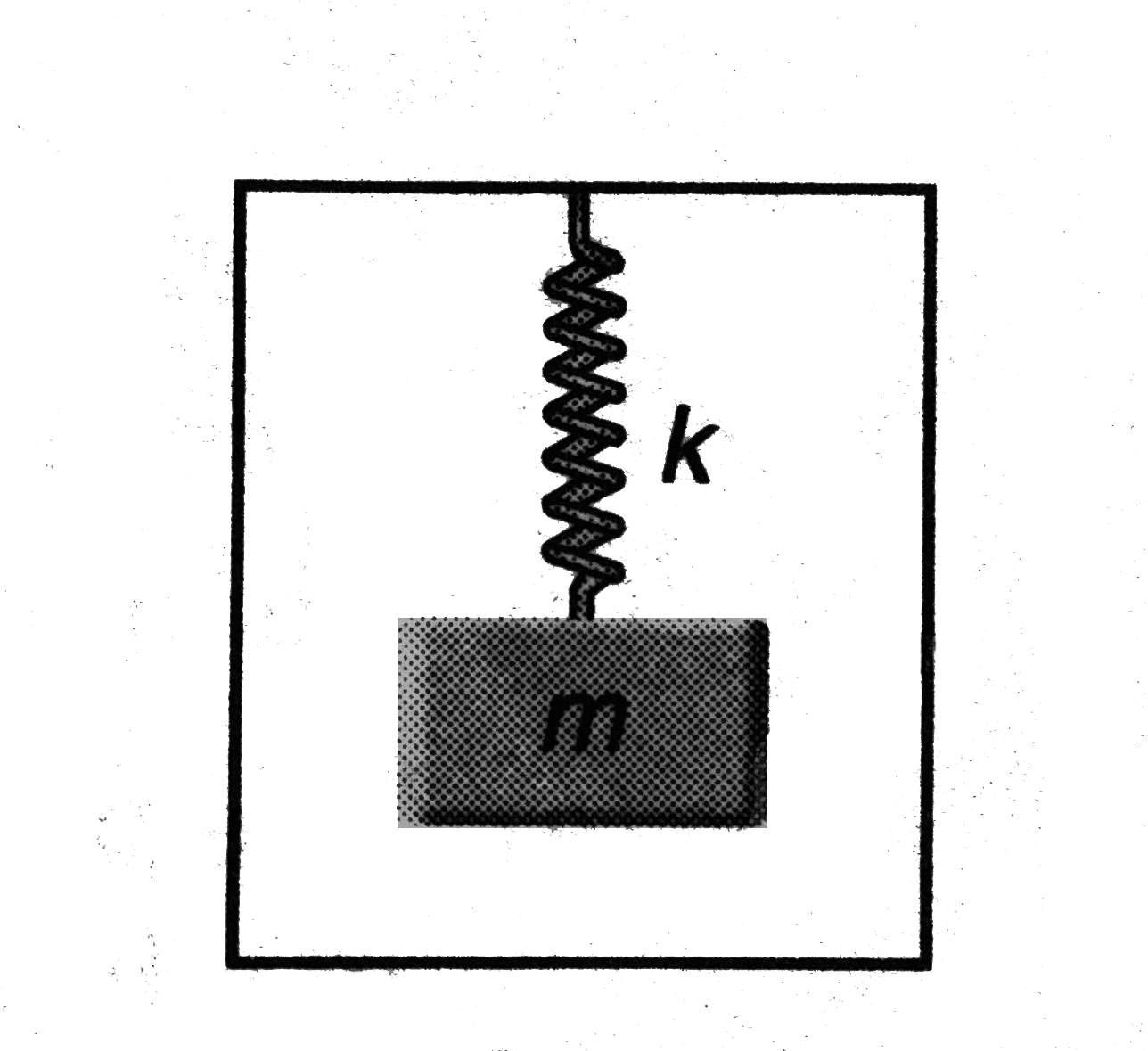A barometer kept in a stationary elevator reads 76cm. If the element starts accelerating up the reading will be
74
75
76
77
To solve the problem, we need to understand how the reading of a barometer changes when the elevator it is in starts accelerating upwards. Here’s a step-by-step breakdown of the solution:
Step 1: Understand the Initial Condition
The barometer reads 76 cm when the elevator is stationary. This reading corresponds to the atmospheric pressure at that location.
Step 2: Identify the Effect of Upward Acceleration
When the elevator accelerates upwards, the effective gravitational force acting on the barometer changes. The effective gravitational acceleration (g_eff) experienced by the barometer becomes:
geff=g+a
where g is the acceleration due to gravity and a is the upward acceleration of the elevator.
Step 3: Relate Pressure and Height
The height of the mercury column in the barometer is related to the pressure exerted by the atmosphere. The pressure at the height of the mercury column can be expressed as:
P0=ρ⋅geff⋅h
where:
- P0 is the atmospheric pressure,
- ρ is the density of the mercury,
- geff is the effective gravitational acceleration,
- h is the height of the mercury column.
Step 4: Analyze the Change in Height
Since the atmospheric pressure P0 remains constant, if geff increases due to the upward acceleration of the elevator, the height h must decrease to maintain the equality:
h∝1geff
Thus, as geff increases, h decreases.
Step 5: Conclusion
As the elevator accelerates upwards, the reading on the barometer will be less than 76 cm. Therefore, the reading will decrease.
Final Answer
The reading of the barometer when the elevator accelerates upwards will be less than 76 cm.
---
The barometer reads 76 cm when the elevator is stationary. This reading corresponds to the atmospheric pressure at that location.
When the elevator accelerates upwards, the effective gravitational force acting on the barometer changes. The effective gravitational acceleration (g_eff) experienced by the barometer becomes:
geff=g+a
where g is the acceleration due to gravity and a is the upward acceleration of the elevator.
The height of the mercury column in the barometer is related to the pressure exerted by the atmosphere. The pressure at the height of the mercury column can be expressed as:
P0=ρ⋅geff⋅h
where:
- P0 is the atmospheric pressure,
- ρ is the density of the mercury,
- geff is the effective gravitational acceleration,
- h is the height of the mercury column.
Since the atmospheric pressure P0 remains constant, if geff increases due to the upward acceleration of the elevator, the height h must decrease to maintain the equality:
h∝1geff
Thus, as geff increases, h decreases.
As the elevator accelerates upwards, the reading on the barometer will be less than 76 cm. Therefore, the reading will decrease.
The reading of the barometer when the elevator accelerates upwards will be less than 76 cm.
Similar Questions
A barometer kept in an elevator reads 76 cm when it is at rest. If the elevator goes up with increasing speed, the reading will be
View SolutionThe time period of a simple pendulum measured inside a stationary lift is found to be T . If the lift starts accelerating upwards with an acceleration g/3, the time period is
View Solution
Knowledge Check
A simple pendulum is suspended from the ceiling of a stationary elevator and it oscillates with a small amplitude if the elevator accelerates upwards, the
Afrequency of oscillation of pendulum increasesBfrequency of the oscillations of the pendulum decreasesCpendulum stops oscillatingDtime period of oscillations remain same but the amplitude increases
A barometer kept in an elevator accelerating upward reads 76 cm. The air pressure in the elevator is
View SolutionThe time period of simple pendulum inside a stationary lift is T. If lift starts accelerating upwards with the acceleration of g/2, then the new time period of the simple pendulum will be
View SolutionA spring mass system is hanging from the celling of an elevator in equilibrium. The elevator suddenly starts accelerating upwards with acceleration a. Find

(a) the frequency and
(b) the amplitude of the resulting SHM.
View SolutionA block of mass m kg is kept on a weighing machine in an elevator. If the elevator is retarding upward by a ms−2, the reading of weighing machine is
View SolutionA spring balance is attached to the ceiling of a lift. A man hangs his bag on the spring and the spring reads 49N, when the lift is stationary. If the lift moves downward with an acceleration of 5m/22, the reading of the spring balance will be
View SolutionA spring balance is attached to the ceiling of a lift. A man hangs his bag on the spring and the spring reads 49N, when the lift is stationary. If the lift moves downward with an acceleration of 5m/22, the reading of the spring balance will be
View SolutionA spring balance is attached to the ceiling of a lift. A man hangs his bag on the spring and the spring reads 49N, when the lift is stationary. If the lift moves downward with an acceleration of 5m/22, the reading of the spring balance will be
View Solution
